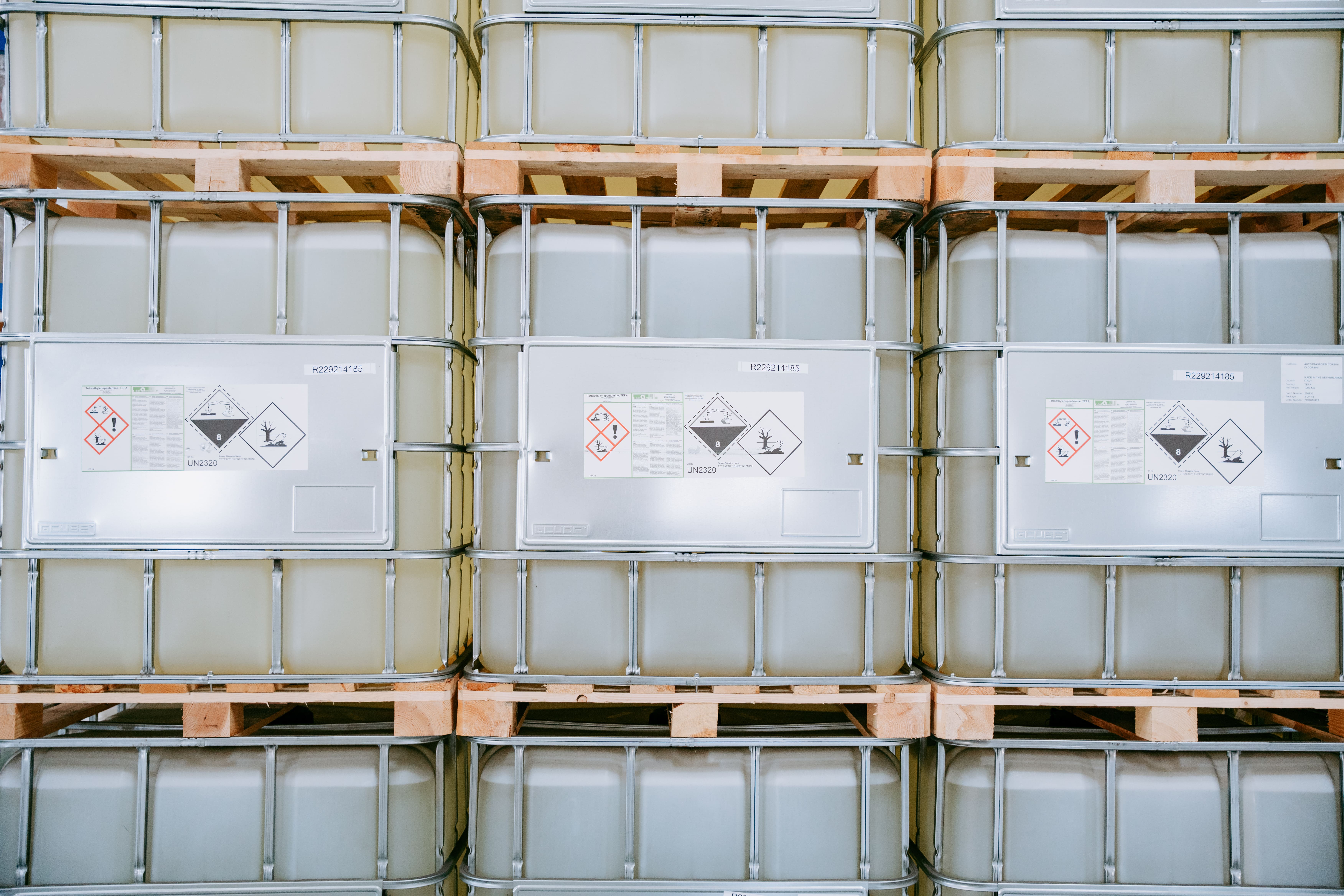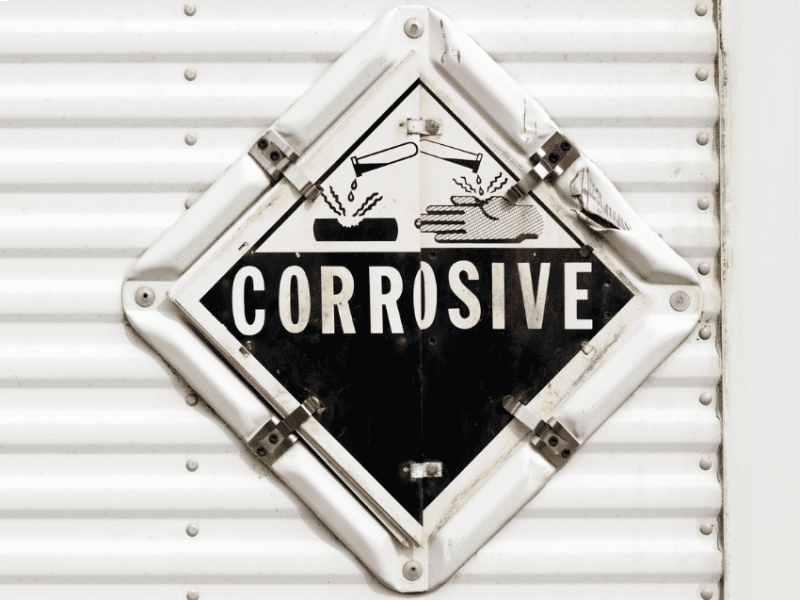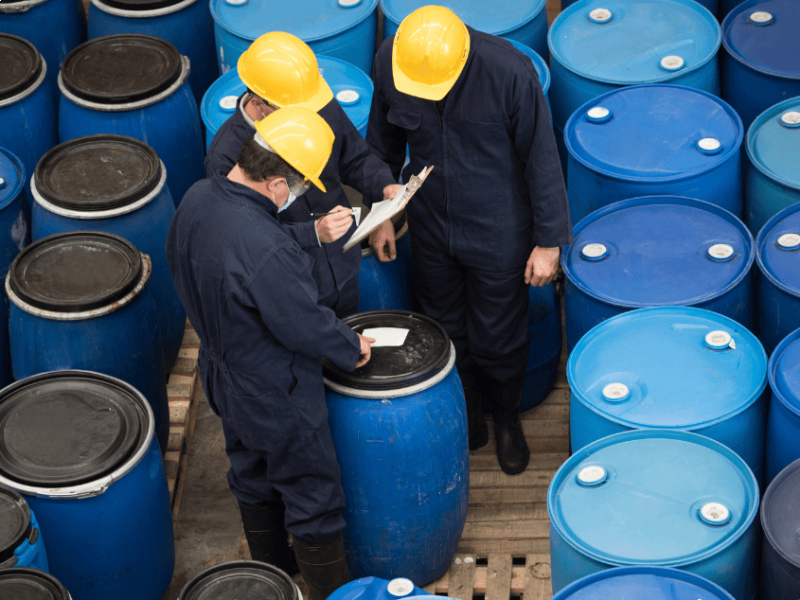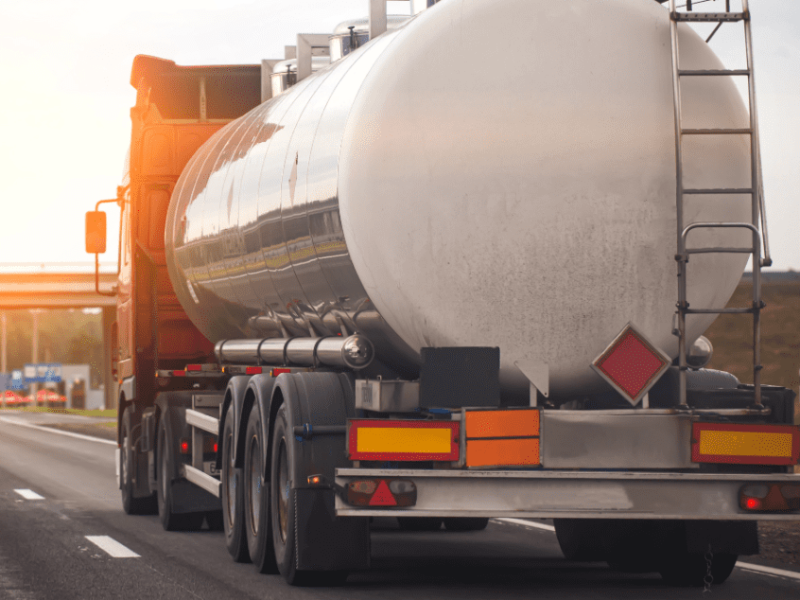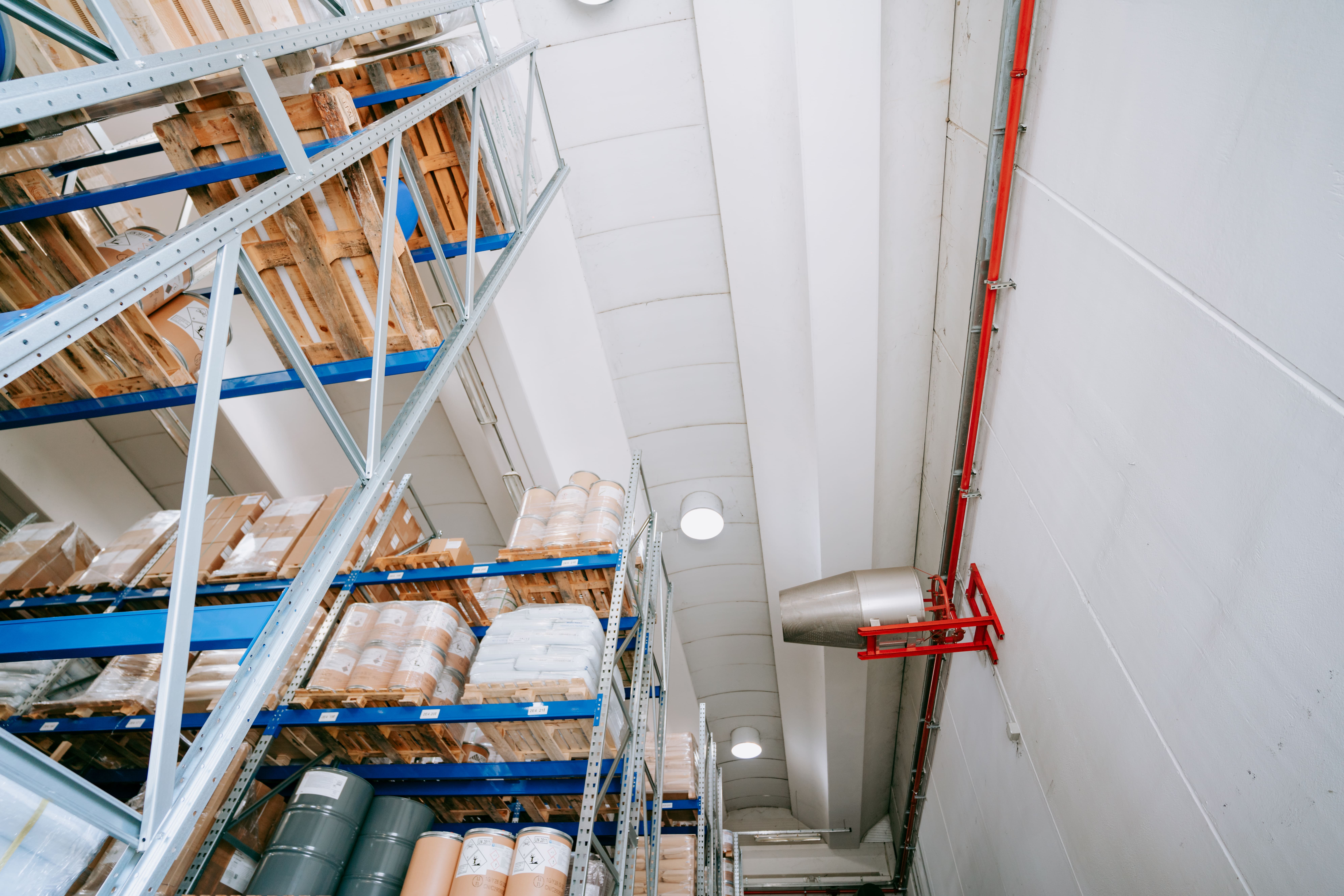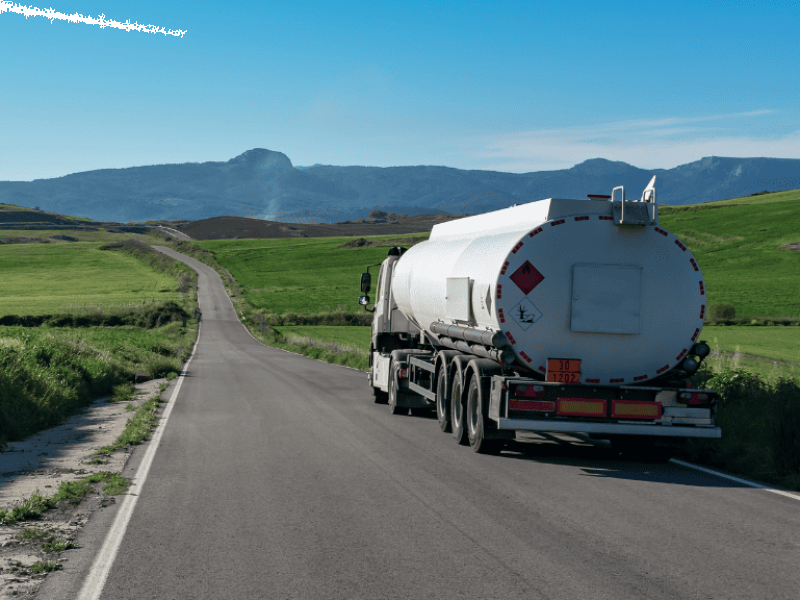ADR Agreement 2023: Updating the ADR Regulation .
The carriage of dangerous goods by road is regulated by the ADR Agreement, which came into force in 1968, (Agreement concerning the International Carriage of Dangerous Goods by Road) has reached its latest updated version with the ADR 2023 Agreement in force since 1 January. The update of the ADR Regulation is biennial and is designed to keep the transport of hazardous substances in step with both scientific and technical progress.
The application of the ADR Regulation is initially mandatory for international road haulage, while for domestic transport it will be compulsory from 1 July 2023.
The 2023 edition of the ADR Agreement: what is new this year
The novelties introduced by this two-year update of the ADR 2023 Agreement are not substantial from a technical point of view, but some changes are introduced regarding the appointment of the ADR Adviser, the packaging of certain corrosive substances, and the safety equipment for certain vehicles intended for the transport of flammable substances.
Let's take a look at the ADR novelties of 2023.
Extension of the obligation to appoint an ADR advisor
In the ADR 2023 Agreement, the obligation to appoint an ADR Advisor, which was introduced in the 2019 Agreement, is extended to all entities that ship dangerous goods, thus also entities defined as "consignors". It means that companies involved in the transport of dangerous goods by road will have to appoint a Dangerous Goods Safety Advisor (DGSA) even when transporting small quantities or occasional shipments.
For this novelty, however, the Italian Ministry of Transport has identified circumstances and thresholds in which an exemption applies. Thus, it is possible not to appoint the advisor when
- transport activities concern quantities, per transport unit, that do not exceed certain fixed limits;
- companies carry out occasional transport operations with a minimal degree of danger or risk of pollution.
Packaging of corrosive substances
Corrosive substances (Class 8) are so defined because they attack the epithelial tissues with which they come into contact and, if dispersed, damage what is around them. Class 8 substances are classified into three packing groups: Group I, Very Hazardous Substances, Group II, Medium Hazardous Substances and Group III, Low Hazardous Substances.
The new ADR 2023 stipulates that, for corrosive substances for which the appropriate packing group cannot be identified on the basis of tests and guidelines, packing group I, Very Hazardous Substances, will be assigned.
Estimated transport weight of ADR waste
Prior to 2023, the quantity of ADR waste shipments was estimated and reported as "assumed value". With ADR 2023, the change concerns the conditions under which the estimation can be carried out:
- for packaging, a list of the packaging used must be included in the transport document, indicating the type of packaging and the nominal volume;
- for containers, the quantity estimation will be based on the nominal volume;
- for vacuum waste tanks, the quantity will be estimated on the basis of the equipment of the vehicle used or on the basis of the shipper's statement.
Obligation of safety valves for vehicles transporting flammable liquefied gases
According to ADR 2023, tanks intended for transporting flammable liquefied gases must be equipped with safety valves. For logical reasons, the obligation will apply to vehicles built from 2024 onwards and there will be no requirement to retrofit vehicles currently in circulation and already built.
The presence of the safety valve on the vehicle will have to be marked on the sides of the tank with the SV mark, a white square with black letters, of different sizes depending on the size of the vehicle and weatherproof.
Requirement of automatic fire extinguishers for industrial vehicles transporting flammable gases and liquids
All industrial vehicles transporting certain flammable gases and liquids must be equipped with automatic fire extinguishers in the engine compartment and with wheel fire protection, i.e. protections that are able to quell the spread of fire originating from the wheels. This obligation mainly concerns vehicles transporting explosive materials.
These are the main novelties of the 2023 Agreement, find out more about our ADR transport service and contact us for any information on the transport of dangerous goods by road.
News.
STAY UP TO DATE ON HAZARDOUS GOODS AND THE CHEMICAL SECTOR
The world of hazardous goods transportation is constantly evolving, as are the regulations affecting the shipment and logistics of hazardous substances and chemicals. Stay up-to-date with our industry articles.

 Registered office: Viale Etiopia, 5 - 20146 Milano (MI)
Registered office: Viale Etiopia, 5 - 20146 Milano (MI)






